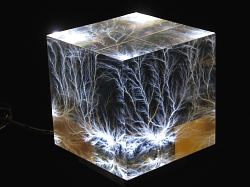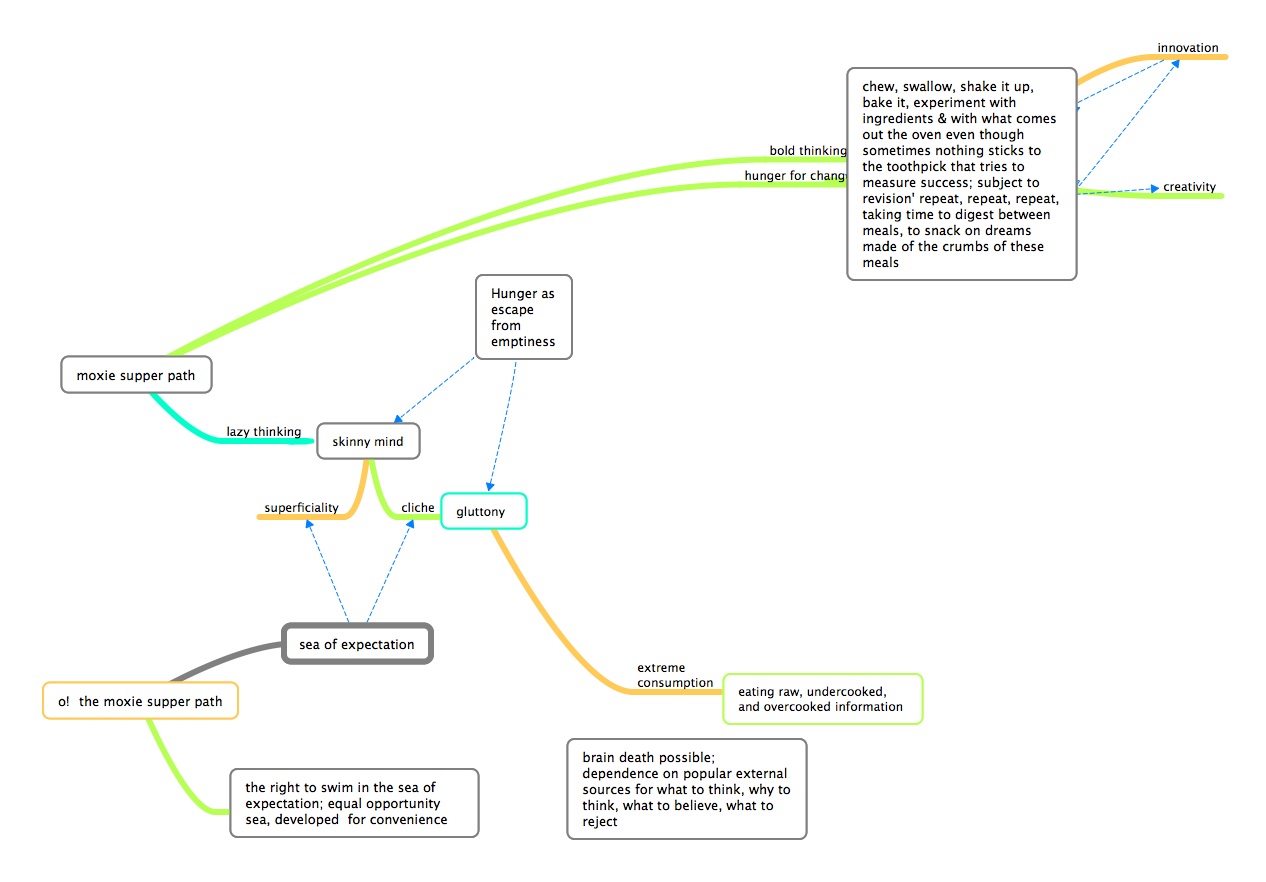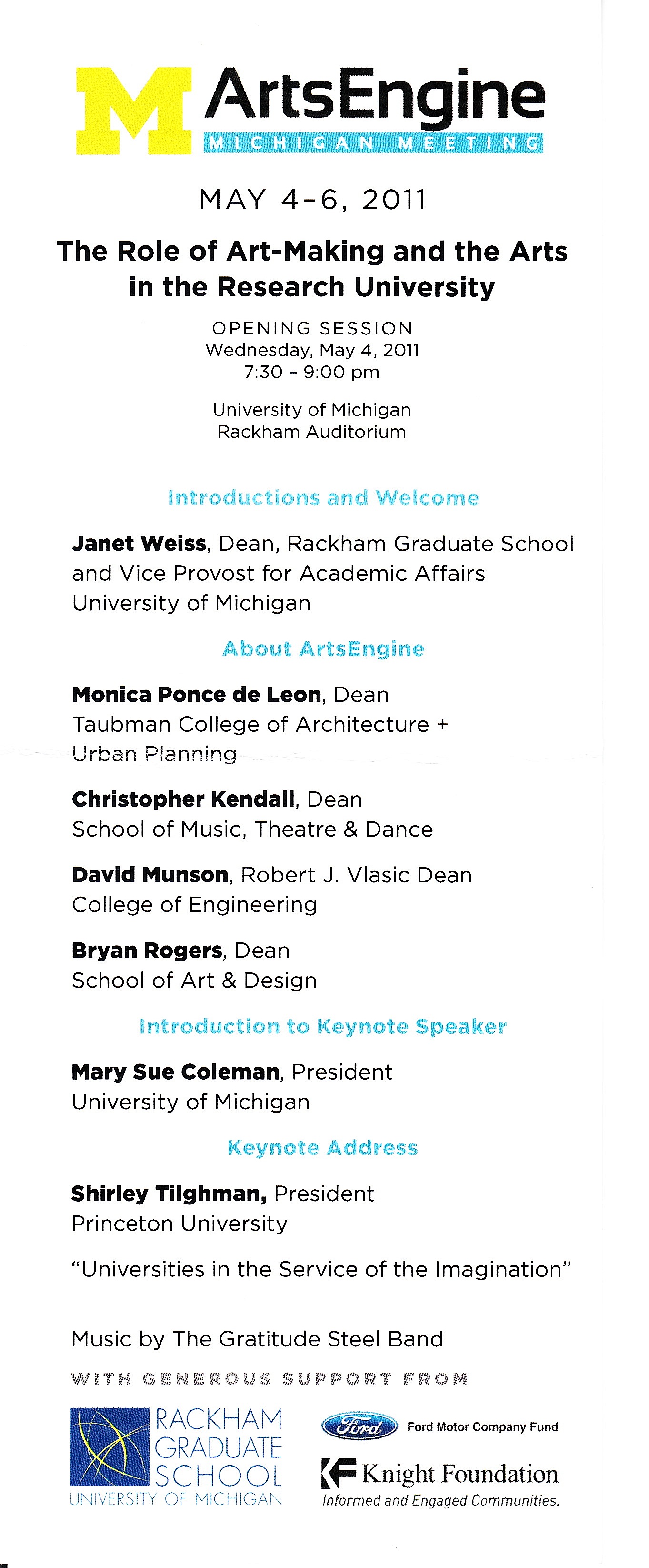
I danced in my seat to what turned out to be an enjoyable conventional role for the band: background music, organized sound to help focus time spent waiting for the speakers, entrance and exit music, pretty sonic bookends.
 I liked this music, and entertained (some of the Gratitude Steel Band’s role of course was to entertain) ideas of allowing movement of my body to interact with the sound of Gratitude, to be sculpted and resculpted according to tempo, modulation, and rhythm more visibly, right up there on the stage, but knowing what happened to Whitney Houston, whose established role has been stage performance, when she wanted to respond more forcefully to Prince’s music at his concerts, I decided against possibly being taken to rehab where some of the role of art-making would be therapeutic.
I liked this music, and entertained (some of the Gratitude Steel Band’s role of course was to entertain) ideas of allowing movement of my body to interact with the sound of Gratitude, to be sculpted and resculpted according to tempo, modulation, and rhythm more visibly, right up there on the stage, but knowing what happened to Whitney Houston, whose established role has been stage performance, when she wanted to respond more forcefully to Prince’s music at his concerts, I decided against possibly being taken to rehab where some of the role of art-making would be therapeutic. I didn’t hide these simple involuntary rhythmic responses to Gratitude’s music, but responses were tamed; there was no Pentecostal context that couldn’t be over-ridden; no Baptist fervor to which I might respond in an ecstasy of salvation and a personal relationship with Jesus that makes my mother dance, that enables dancing with a Holy Ghost partner, as most other times, she needs a walker (or the return of my father after 30 years in the grave —she believes that's possible too). So there is power in vibrations pulsing through the body, temporarily regulating movements of components of body to these rhythms that are incredibly intimate, invisibly entering ears, tickling cilia, Holy tickling when God is vibrating in a sermon, in a gospel choir, in responses to calls from praying deacons and deaconesses. In those moments in which body and sound are linked, there is collaboration, one informing another, inciting another to more intensity to a peak preceding decline at which point feeling and memory have chances to prolong effects and to shape meanings, heart rate gradually decreasing, temperature dropping, little transparent pills of sweat evaporating into an atmosphere that was a component of host system of event, that atmosphere marked with evaporation. What was built dissipated, including a promise I’d built for the event, seduced by role, art-making, art, and research cozy in the same sentence, not even separated by commas in the printed program. Members of the same family, royal cousins marrying (distant) cousins to keep their elite advantage elite, exclusive; side-by-side on a research throne.
The Role should have alerted me more quickly than it did; perhaps I was too caught up in hope that I was configuring with my own ideas about art-making, art, and research interfaces, hope that I also knew to function as an intangible snare that can exert enormous power because it often wrangles spirit, mind which many consider the throne of thinking, creativity, and imagination. But I knew to question knowing, so I slid comfortably into that hope,
accepting my role in accepting what was to be offered about the role. Before long, after listening to speakers validate art-making and the arts through art’s ability to produce and maintain cultural relevance, through art-making and the arts exercising of the senses, and through art-making and the arts’ key roles as connections that enable relationships between senses and mind, and between senses and imagination, art-making and art outcomes as evidence, witnesses, and offspring of these relationships, it became necessary to reconfigure my expectations. Because of art-making and art’s association with creativity, almost considered, it seemed from the talks, co- and the only owners of creativity, as if all that is made (by humans in particular, in this role-establishing event) is not also created, as if create did not mean to make, initially without restriction on what is made or created, as if creativity no longer can or perhaps even should mean only a process of creative ability or a process of ability to make —anything. There, it’s true that art may be an outcome of such making, such creation, as anything else made may be. Art is not the only baby made as outcomes of making.
 Science without creativity? without making anything? without any innovation? How to get ideas for an experiment? How to create something to research? To create a surgical procedure? To make prosthetics? The art of breast augmentation, the art-making of breast implants, the less common art of breast reduction (some geometry there, some parabolic hocus-pocus)? Creative writing and no other written forms may be considered forms of expression? Things can be created, can be made that are functional with or without an additional aesthetic classification (creating taxonomies? lexicons? dictionaries? evolutionary trees (phylogenetic trees) that both inform and beautify?) that would not necessarily be permanent or universal, beauty being variable, interpretable, shifting culturally, personally, etc., having definitions that are also made (lip plates, neck rings, manolo blahnik stilettos).
Science without creativity? without making anything? without any innovation? How to get ideas for an experiment? How to create something to research? To create a surgical procedure? To make prosthetics? The art of breast augmentation, the art-making of breast implants, the less common art of breast reduction (some geometry there, some parabolic hocus-pocus)? Creative writing and no other written forms may be considered forms of expression? Things can be created, can be made that are functional with or without an additional aesthetic classification (creating taxonomies? lexicons? dictionaries? evolutionary trees (phylogenetic trees) that both inform and beautify?) that would not necessarily be permanent or universal, beauty being variable, interpretable, shifting culturally, personally, etc., having definitions that are also made (lip plates, neck rings, manolo blahnik stilettos). SOME LIVING BARBIES OF THE WORLD:
WOMAN WITH LIP PLATE DRINKING
JUXTAPOSED WITH X-RAY OF WOMAN'S FOOT IN SERVICE TO some of THE ART-MAKING OF FOOT BINDING AND some of THE ART OF UNBINDING THE FOOT so as to, in part, collaborate with more space.
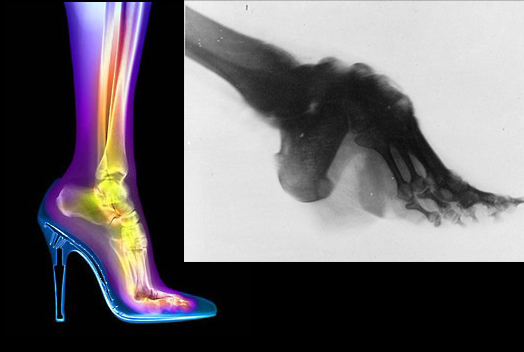
Above: some economy of image; a visual poam.
I’m probably beating this point to the death of aesthetic quality: I am creating that death, taking responsibility for the quality of that death, making it in a piece of writing, that in order to be a poem, would necessarily offer a lesson in the economy of words, to quote the keynote speaker who expressed the value of poetry as a literary location where we learn the economy of words, a statement fraught with assumption that does not serve well a position of universities in service to imagination. Indeed, the talks, with a notable exception, were fraught with assumption, assumption that confined thinking to a relationship with that assumption, and a path that leads from that assumption to extensions of that assumption that go somewhere, yes; but only where that assumption can go; possibilities of that assumption, perhaps apparently infinite, but a limited infinity, infinite within a context based on assumption. This statement from the keynote speaker betrays a lack of imagination in defining poetry, in a failure to allow for a possibility of a more complex configuration of a system of poetry that is itself configurable; indeed, shockingly betrays, since the speaker decided to go there, proclaiming an embrace of poetry as an example of a university (she has the agency as president to represent one) caught in the act of serving imagination; rather shockingly betrays a lack of knowledge about existing and emerging forms of poetry (and suggests a lack of having entertained a possibility of emerging forms of poetry), a betrayal that is a form of disservice to imagination in its imposing on poetry, whether intentionally or not, a narrow and traditional configuration that apparently doesn’t advocate exploration or experimentation or innovation: three components of research. Most surprising and disappointing to me is how embedded in the statement is an assumption that poetry could be static, relatively unchanging so that the role assigned to it at some unspecified point in time (in order for assumption to have become a part of the speaker’s knowledge in which she has confidence so does not doubt the statement despite its lack of imagination) remains poetry’s role. Poetry’s, it would seem, unchanging and unchangeable role.
Because of poetry’s intense (but not exclusive) association with metaphor (a form of equation), poetry may be easily considered a reliable source for lexical comparisons and equivalences that even science might turn to when, say, a discovery is made in, say, Biochemistry, for which there might not already be in place a classification, an established reference for something new, something emerging, metaphor serving as placeholder, or a helper to introduce something new through linking it to something already familiar as a (temporary) point of reference. Metaphor offers a formula for comparison (a form of interaction) whose possibilities have not been exhausted if in service to possibilities of metaphor, those serving those possibilities delve beyond (created) confines of how that formula has been applied. Using the mind at all, whether performing complex mathematical computations or composing a sonata or slamming a poem in a bar, for instance, involves biochemical and electrical processes in the brain. That very brain that produces science also produces art-making, the arts, and imagination; the brain is in service to all of these, that mock mushy cauliflower of brain —metaphor alert!— is the throne which they occupy, share. Metaphor is able to anchor itself in both the known and the emerging, the dull and the lively simultaneously, offering dual lenses that offer more opportunities when those lenses are not identical, when they share something akin to left and right hemispheric flavors of a brain. It can maintain a foothold in the known (a kind of root system) while bifurcating into less known areas —as when, for instance,
SEM imagery reveals structures on scales for which existing terminology seems to suffer from temporary or apparent inexactitude, and metaphor helps, (perhaps temporarily) configure understanding through a link of new and unnamed with something known that apparently has (perhaps only superficially) similar features or structures or behaviors until such time as more is known about a discovery to render metaphor unnecessary except for aesthetic purposes that help transform science itself into its visual aesthetic potential or its sonic aesthetic potential or its tactile aesthetic potential without additional drawing or painting or rhyming or dancing: science itself may have aesthetic potential and value of its own.
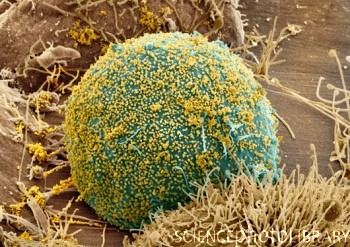 Senses of anyone (scientists and strippers, for instance, or scientists who are strippers) can lead to pleasure and disgust, and encourage a seeking of what provides pleasure. Science is not exempt from pleasure-seeking. Entire industries depend on a love of pleasure-seeking and temporary pleasure-finding, that like hunger and satiation, tends to be cyclic, recurring, necessary for some success of capitalism. An initial look at what SEM imagery reveals invites visual associations, connections with what is already in a seer’s visual memory bank
Senses of anyone (scientists and strippers, for instance, or scientists who are strippers) can lead to pleasure and disgust, and encourage a seeking of what provides pleasure. Science is not exempt from pleasure-seeking. Entire industries depend on a love of pleasure-seeking and temporary pleasure-finding, that like hunger and satiation, tends to be cyclic, recurring, necessary for some success of capitalism. An initial look at what SEM imagery reveals invites visual associations, connections with what is already in a seer’s visual memory bank  (I am presuming visual ability and visual success; I am not addressing tactile modalities of engagement —please pardon the negligence— but in tactile engagement of images, there are still possibilities of identifying familiarity of structural interface with fingertips; I think of Touch the Universe, for instance, a book that makes meaningful cosmic structures through tactile engagement for the visually impaired)
(I am presuming visual ability and visual success; I am not addressing tactile modalities of engagement —please pardon the negligence— but in tactile engagement of images, there are still possibilities of identifying familiarity of structural interface with fingertips; I think of Touch the Universe, for instance, a book that makes meaningful cosmic structures through tactile engagement for the visually impaired) —something familiar might be recognized, perhaps erroneously in a first encounter in which excitement’s role might not be well controlled, enabling cross-scale connections, maybe even identification of a structural icon that seems to repeat throughout existence on multiple scales —a basic unit of structure, a basic unit of structure available to host configurable meanings, an ability that is essentially collaborative. Of course I have assumptions of my own. I'm offering alternative assessment to that role and to that service than what was so narrowly presented and, accordingly, likely also narrowly considered.
Like many there, I too have interest in collaboration and attempt to make collaborative ventures a routine part of my practice (indeed; I believe that making collaborative ventures a routine part of practice is inevitable, inescapable, a default mode of existing as long as that existence and its components have contact with anything). Most speakers acknowledged interdisciplinarity, were champions of it, supporters of a predictable range of intellectual and aesthetic cross-pollination, that is to say, expected mergers, infusing science and engineering with various modalities of creative process: visual, sonic, tactile, moving, implying that: All will explore art-making and the arts, but without a corresponding demand for art-makers to infuse their practice with more intellectual accountability and protocols of good experimentation (which would include good documentation), some of which might parallel protocols of scientific experimentation or even extend and/or reconfigure what good experimentation can be as it too evolves. There also happens to be some polysyllabic tastiness in the word interdisciplinary; I delight in saying it, and perhaps others do too, after a while becoming enticed by some deliciousness of what happens to tongue, twice kissing backs of upper teeth to say it, a puff of air escaping as mouth purses around ter, and tongue hits a hi-hat palate —some pleasure can be mined there. And that can be enough: mouth and lip service, oral fixation of saying the interdisciplinary-it word daily, proudly, without any unexpected interdisciplinary action following. I say this because of a tendency to mine for rather predictable products; sciences elevating art-making through pairings of artists with scientists and engineers, those who can supply technical interfaces of discovery and breakthrough offering what is more likely to elude someone whose training has been limited to creative rigor rather than quantitative rigor, competing, some thing, systems of logic and insight.
Speaking the interdisciplinary system activated by speaking fork (a video illustrating an essay on Limited Fork Theory: and its offering of multiple ways of studying interacting systems):
Though perhaps unintentional, it did seem that a consensus among speakers (there was one notable exception) was that research components of the university were more likely to elevate and extend expectations of art-making and the arts, through finding ways of integrating (appreciation of) art-making and the arts (as conventionally defined) into research practices, art-making and the arts benefiting from this association, as if without this association, art-making and the arts might not take on a certain kind of heft, certain kind of consequence, certain kind of intellectual respect. Some art-makers do of course maintain infusions of intellectual accountability in their practice, but the role of art-making and the arts in the research university is not to be configured as a broadening of such infusions or an exploring of intellectual rigor of art-making, encouraging emergence of theories of both personal and general art-making based on, for instance, rigorous study of decisions made, outcomes of attempts, reconfigurations and revisions of questions being asked as emerging answers are evaluated, or as alternatives to having to have answers are both imagined and constructed, art-making process documented carefully and analyzed, perhaps exposing rules at work in process, and offering opportunities to vary those rules, to explore making according to variable rules of experiments in making —this to address accountability of any maker, and to help any maker develop a vocabulary for each instance of making practice. Reversal of flexibility given to science and engineering to find value in art-making and the arts was not given to art-making and the arts to find value in science and engineering as host of connection. It became clear just what was being designated savior (of art -making and the arts) and what was being designated (in need of being) saved. Science and engineering host, invite art-making and the arts to bring creative process into disciplines of science and engineering but art-making and the arts are not viewed as hosts of science and engineering, as providers of viable sources for, for example, conventional NSF fundable and career-making experiment configuration.
What is considered Creative Practice does not (have to [when/if it does]) depend on arbitrary gestures.
Art-making and the arts were too defined by most of the speakers for any other possibilities to emerge. Paths offered are well-established. Significant and historic trailblazers and their loyal scholar-followers have kept these paths paved and determined, sometimes to a point of rut-formation, a sentiment advanced by one of seven speakers who warned against excessive bowing to what has been canonized, and against fortresses of disciplinary silos (forms of Big Bad Wolves) that grow naturally out of internal organizational structures whose roots are dense. More fire from blazing new trails might burn away some of that density, however. In some of these silos, opportunities emerge that are labelled opportunities, such as interdisciplinary opportunities that, unfortunately depend on having divisions that a doctrine of silos creates and maintains. What would/could interdisciplinary studies try to merge if there no clear-cut separate disciplinary silos? These divisions are products of fantasies of silos. Remove fantasy barriers, and connections already present might have opportunity to emerge (become visible to those unable ti see them). Disciplinary silos and their resulting assumptions offer but one system of organization of information, but not a system of information organization that information being organized requires. There are other systems. This current approach to interdisciplinarity betrays itself by seeking to join the disciplines, by accepting the appropriateness of these divisions; interdisciplinarity seems to maintain a loyalty to those disciplines, so will form a seam where these junctures occur, a fault line where these interdisciplinary junctures are vulnerable and susceptible to rupture. Rather easy to rip apart or ignore by moving closer to the interior of a discipline rather than remaining on the boundaries where interaction is less easily avoided. Only those hired or assigned to boundary or fringe positions will commit to an interdisciplinary ideology that occupies boundaries and fringes with them. This is not an integrative approach that assumes information is already connected, and that encourages configurations and reconfigurations of these connections. It is not necessary to build an interdisciplinary bridge to link that which is already linked —throughout, not just on the fringes. Such bridges become necessary when disciplinary silos (and factories of disciplinary silos) have been built, and travel from one silo to another is impeded and perhaps even discouraged by the silos themselves and by associated perceived differences that feed a logic of division and separation. Perhaps a role of art-making and the arts can be some dismantling of silos. Perhaps some of a university’s service to imagination can be imagining a university without enforcement of those silos even though Rita Dove in her text poem comments on how erection of (disciplinary) silos does not protect those silos from metaphor, from art-making about the silos themselves; indeed, protection from metaphor fails in the first word, an uncertainty of like, an admitting of doubt, texture of possibility, encouragement of continuing a system of questioning, like what else? and what else? —not in a search for the definitive, but a search for likeness, a study of likeness, a study of an apparent inevitability of likeness should it turn out that there is a like equivalence for anything, for everything, etc.:
Silos
Like martial swans in spring paraded against the city sky’s
shabby blue, they were always too white and
suddenly there.
They were never fingers, never xylophones, although once
a stranger said they put him in mind of Pan’s pipes
and all the lost songs of Greece. But to the townspeople
they were like cigarettes, the smell chewy and bitter
like a field shorn of milkweed, or beer brewing, or
a fingernail scorched over a flame.
No, no, exclaimed the children. They’re a fresh packet of chalk,
dreading math work.
They were masculine toys. They were tall wishes. They
were the ribs of the modern world.
____________________________________________________________
Of course, there’s more art-making work that can be done upon investigating particular silos, particular circumstances of geography, climate, economy, etc. From what distance does this consideration of silos occur? As that distance changes, as various climates fluctuate, what can be said about particular silos that accounts for some implications of emerging configurable information? From which angles of consideration, etc. Silo uniformity or something else? Which town? Do sociological implications of silos vary from town to town? Small owner silos versus corporate silos? What of silo shadows? Light-interface silo shadows and economic-interface silo shadows, for instance? What happens to abandoned silos? What are circumstances of abandonment? Etc. Do these tall structures of certain towns scrape the sky well? What about other configurations of scraping sky, urban development, satellites, ozone layer, etc.
The role of art-making and the arts wasn’t configurable in silos of the speakers’ imagination. In those silos that were better entered with compression, not expansion of the mind, in their ability to implement rules of inclusion and exclusion without having to state the rules, I learned that every undergraduate has an opportunity for a meaningful encounter with art at Princeton, the nature of which was not defined, but as it is a meaningful encounter, it could be a singular event
(as opposed to a seeking of a way to integrate that heightened level of perception throughout a life, a student as an integrated person in whom information should mingle anyway, what is encountered across the disciplines converging in a single person, a single life, not a person with silos in the mind to prevent mingling of information from all sources);
a singular event that according to the speaker, exposes non-artist students to that heightened perception artists are known for
 —heightened perception that non-artist students evidently wouldn't encounter in pursuit of their more practical majors and careers —heightened perception that a meteorologist wouldn’t need, that an archeologist would need, that a scientist (paleontologist/molecular biologist, etc.) studying genetic or evolutionary memory wouldn’t need in turning back on, genes that have gone dormant in an evolutionary journey from dinosaur to chicken, resulting in these rather imaginative living embryonic sculptures of Gallus gallus domesticus with elongated dinosaurian tails, beaks of jurassic-appropriate teeth, and every reason, from a current status of fossil evidence, to keep their feathers.
—heightened perception that non-artist students evidently wouldn't encounter in pursuit of their more practical majors and careers —heightened perception that a meteorologist wouldn’t need, that an archeologist would need, that a scientist (paleontologist/molecular biologist, etc.) studying genetic or evolutionary memory wouldn’t need in turning back on, genes that have gone dormant in an evolutionary journey from dinosaur to chicken, resulting in these rather imaginative living embryonic sculptures of Gallus gallus domesticus with elongated dinosaurian tails, beaks of jurassic-appropriate teeth, and every reason, from a current status of fossil evidence, to keep their feathers.How much better this work will become once those researchers acquire that heightened perception all undergraduate students will encounter meaningfully at least once: a meaningful encounter. Certainly, nothing in the keynote address precluded undergraduate opportunities for multiple encounters, but heightened perception and heightened sensitivity to how words are used when applied outside of the speaker’s customary academic silo —pictures painted with words, sounds words make in translations from transmission to reception, some of it discordant to some ears, and textures of those translations, for instance— might help the speakers at the event better understand (or be able to notice them at all) rules at work in their configurations of research, art-making, and the arts, configurations they in all likelihood inherited, acquired, learned in institutions similar to the research institutions they now lead; configurations that neither research nor imagination helped them reconfigure into discoveries that are less likely, not impossible, but less likely to occur when art-making and the arts are perceived as that which (only) enriches society while scientific research performs, it is implied, some other role in society, something evidently more quantitatively significant because the research university can extend life-support (implying a need for such support to stave off certain kinds of death of art-making and the arts, or to resuscitate when death is either in progress or has just occurred, research, it is implied, being healthier and in a better position to save; indeed a [presumed superior] intellectual rigor of [scientific] research suggests and supports competency of the research university to save art-making and the arts, something policy-reconfigurations could render moot [rhymes with research loot]).
What was stated was open to these interpretations; configurations of the speakers’ words and ideas did not include limiting factors that could reduce emergence of interpretations such as what this response offers —variables that this response delivers could have been reduced though a revision of phrasing and a revision of thinking that is a parent of that phrasing, thinking also a parent of policy; a failure to anticipate such variables when preparing speeches and the keynote address was just not good science, a form of science, but not a good form —unacceptable is a lack of awareness of where those ideas and configuration of them into utterance was weak, allowing some sentiments expressed to be historical, obsolete or even, worse, irrelevant as they applied to forms of art-making and the arts that are not the exclusive forms practiced —just how much research of art-making and the arts was done by those speaking, those forming the policy behind the role of art-making and the arts in the research university that is in service to the imagination? Why so little imagination in how art-making and the arts and their role was configured? Silo syndrome.
So much stored grain to sustain existing diets with palatable comfort food.
______________________________________________________________________
Image sources:
Dinosaur-Chicken evolution
Gratitude Steel band
SEM of AIDS virus
Touch the Universe
Tree of Life
X-RAY of women's feet
Audio source:
Keep Hope Alive
Video clip source:
Discovery Channel
Nikon Small World Photomicrography
 (as presented in Minneapolis, Minnesota at a
(as presented in Minneapolis, Minnesota at a 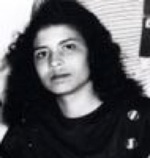 another sibling of the six out of nine that died before their mother from a
another sibling of the six out of nine that died before their mother from a 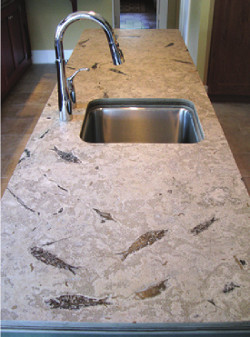 The
The 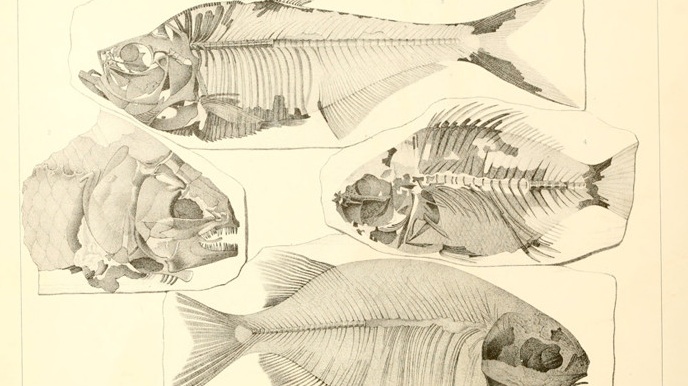
 Yes; it could have been routine pistil, stigma, sepal, a week-old petal
Yes; it could have been routine pistil, stigma, sepal, a week-old petal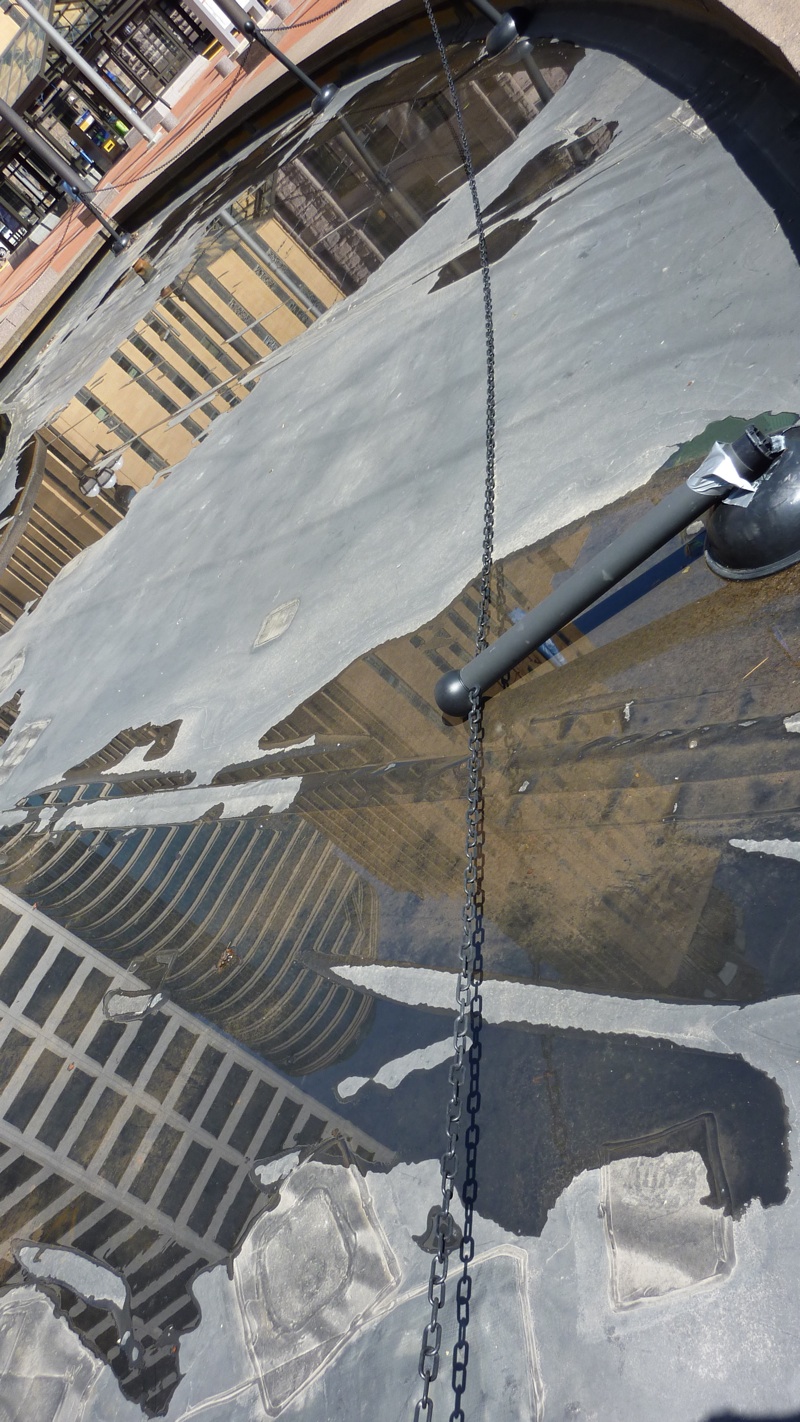 [On the right is an image of a puddle portal in Minneapolis, captured during an exchange between forkergirl of the muddy puddle, light, atmosphere, the amoeba of water (also like the splat of fried-egg-shaped aliens —
[On the right is an image of a puddle portal in Minneapolis, captured during an exchange between forkergirl of the muddy puddle, light, atmosphere, the amoeba of water (also like the splat of fried-egg-shaped aliens — or just across the
or just across the 